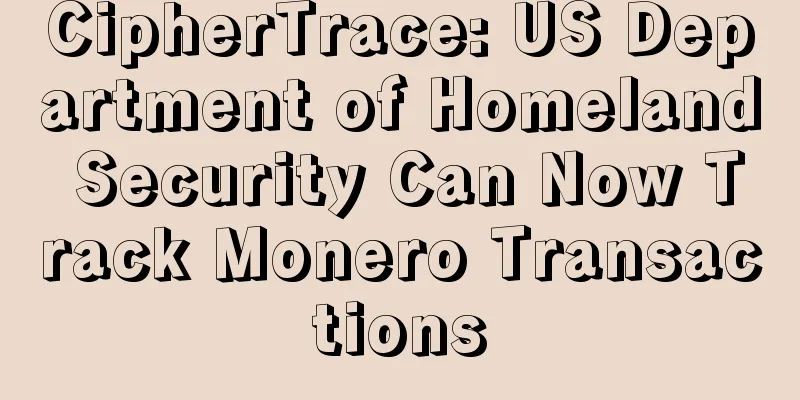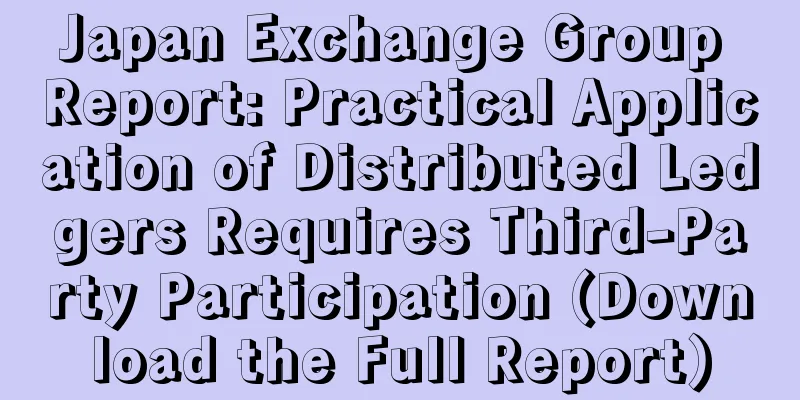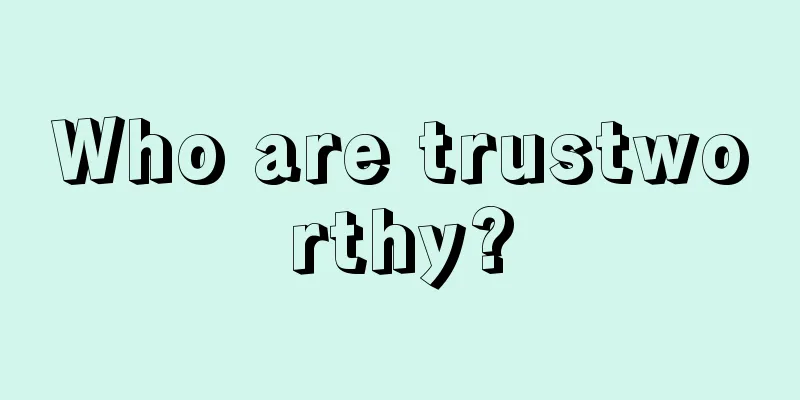CipherTrace: US Department of Homeland Security Can Now Track Monero Transactions

|
Cryptocurrency intelligence firm CipherTrace announced today that it has developed a toolset for tracking Monero (XMR) transactions at the request of the U.S. Department of Homeland Security (DHS). Monero is widely popular for its anonymous design, and its acceptance on darknet markets is second only to Bitcoin, the largest cryptocurrency. CipherTrace claims that its new toolset will allow investigators to search and visualize Monero transactions. According to CipherTrace, the company spent a year working on the toolset, which was done through a contract with the Department of Homeland Security’s Science and Technology Directorate. GovTribe reported that the DHS paid CipherTrace approximately $2.4 million over the duration of the contract. Is it a blow or a benefit?While the tools were developed for the Department of Homeland Security (DHS) to track stolen or illegally used funds, CipherTrace said cryptocurrency exchanges, trading desks and investment funds would also benefit by allowing them to identify problematic transactions and comply with regulatory requirements. Furthermore, CipherTrace plans to add more features to the current version of the toolset, with plans to offer capabilities such as “entity transaction clustering, wallet identification, and exchange attribution” in the future. While today’s announcement may seem like a blow to Monero and the promise of privacy coins, CipherTrace believes it is positive for the future of Monero, especially considering that some exchanges have already delisted the coin. CipherTrace CEO Dave Jevans said in a statement provided by the company: “Analysis is critical to the survival of privacy coins because if they fail to assess the risks, some governments may make it extremely difficult to trade privacy coins, such as Japan, which has completely banned privacy coins, several South Korean exchanges have dropped all privacy coins, and last week, several Australian exchanges also banned Monero and Zcash.” Tracking results are not 100% accurateAccording to Jevans, the Monero tracking tool takes a different approach than the Bitcoin tracking tool, and the results are not entirely clear. Still, the tool could provide something for law enforcement, who can cross-reference it with other data and resources to aid in investigations. He said: “You can’t have the same certainty that you have with Bitcoin, and in tracing Monero, it’s really more of a probability game where you can say, okay, I have a 98% chance that this is going from this address to that address, or a 78% chance that it’s some other type of thing. It requires a different approach than (saying): I’m going to make sure everything is perfect…” This article was translated with permission from Decrypt.com |
<<: BTC chain data surges, and the potential for growth is not limited to DeFi concepts
>>: Filecoin official: The second phase of trusted configuration has been successfully completed
Recommend
What does the location of moles on the face mean?
What does the location of moles on the face mean?...
Bidorbuy, Africa’s largest e-commerce platform, adds Bitcoin payment option
Bidorbuy, the largest online e-commerce platform ...
What does a birthmark on the foot mean?
Some people are born with a type of mole called &...
Jianfeng Nose Physiognomy
Sword nose master Characteristics of the Sword-ed...
What is the fate of a woman with an oval face?
Although people's face shapes are different, ...
Characteristics of a very playboy palm
Flirting is a landmine in love. The most taboo th...
What are the characteristics of a long-lived person?
What are the characteristics of a long-lived pers...
SW soft fork upgrade implemented, Litecoin Global Roundtable Forum meeting announcement released
Today, the Litecoin community miners, mining pool...
People who can often see through other people's minds
Only those who are careful enough can see through...
Is it good for a woman to have a mole on the sole of her right foot?
Moles can be found everywhere on our body, and th...
AAC is a guest on Huobi Live, and Huobi users can enjoy special offers on purchasing devices
At 7pm on May 30th, Xu Sheng, CEO of Acute Angle ...
Ethereum Developer Virgil Griffith Jailed Again After Checking Coinbase Accounts
Ethereum developer Virgil Griffith has violated t...
What does a mole behind a man's ear mean?
It is just a familiar existence to people, and di...
What does a mole under a man's mouth mean?
Many people have moles on some parts of their bod...
BUEN coins, total 500 million, mining with graphics cards, mining with graphics card mining machines! Available on exchanges!
Block: 1 minute duration Total amount: 500,000,00...









